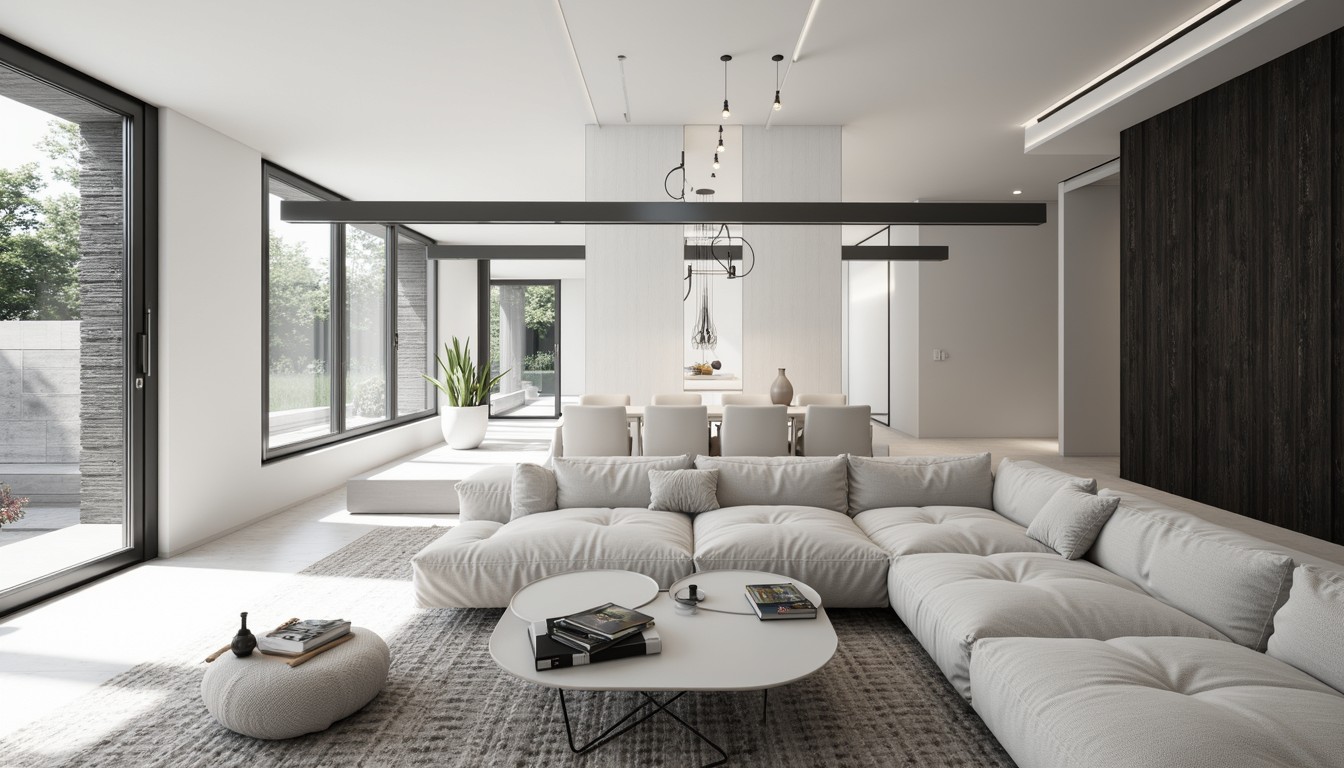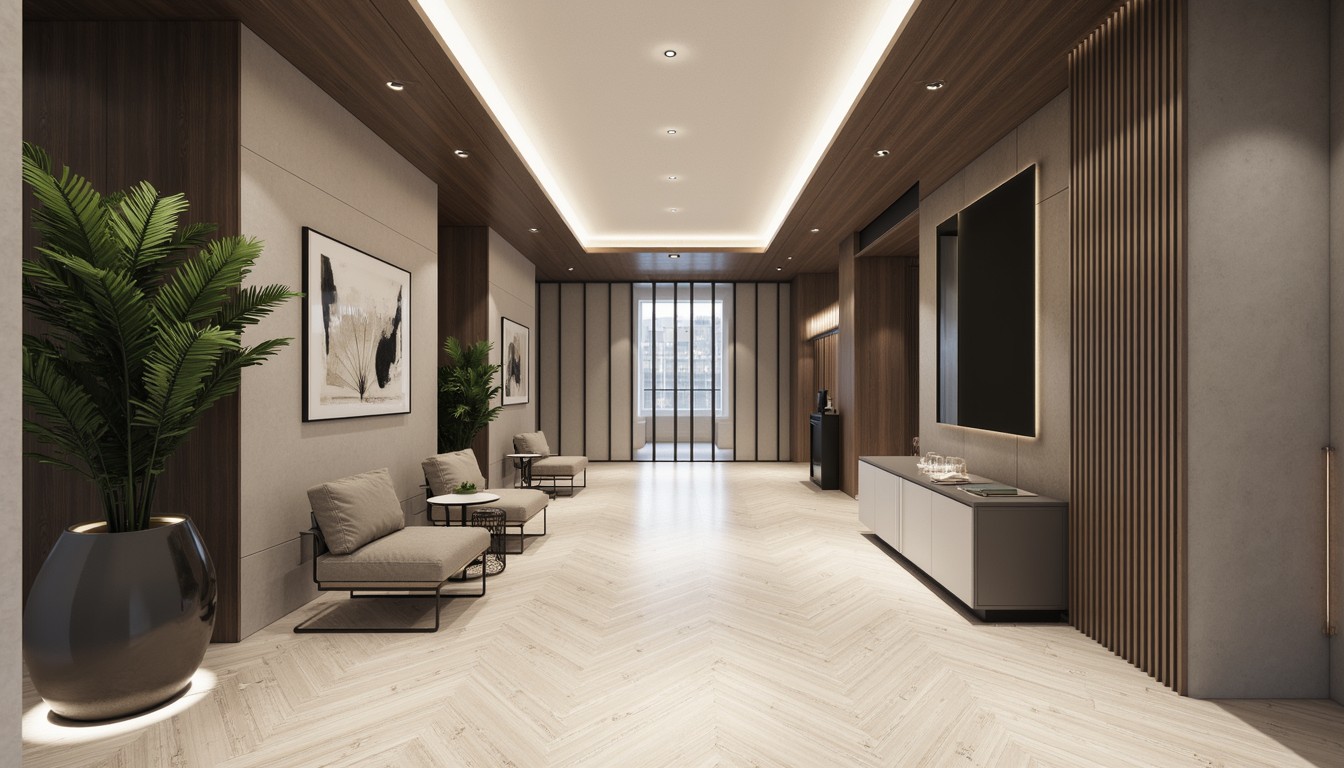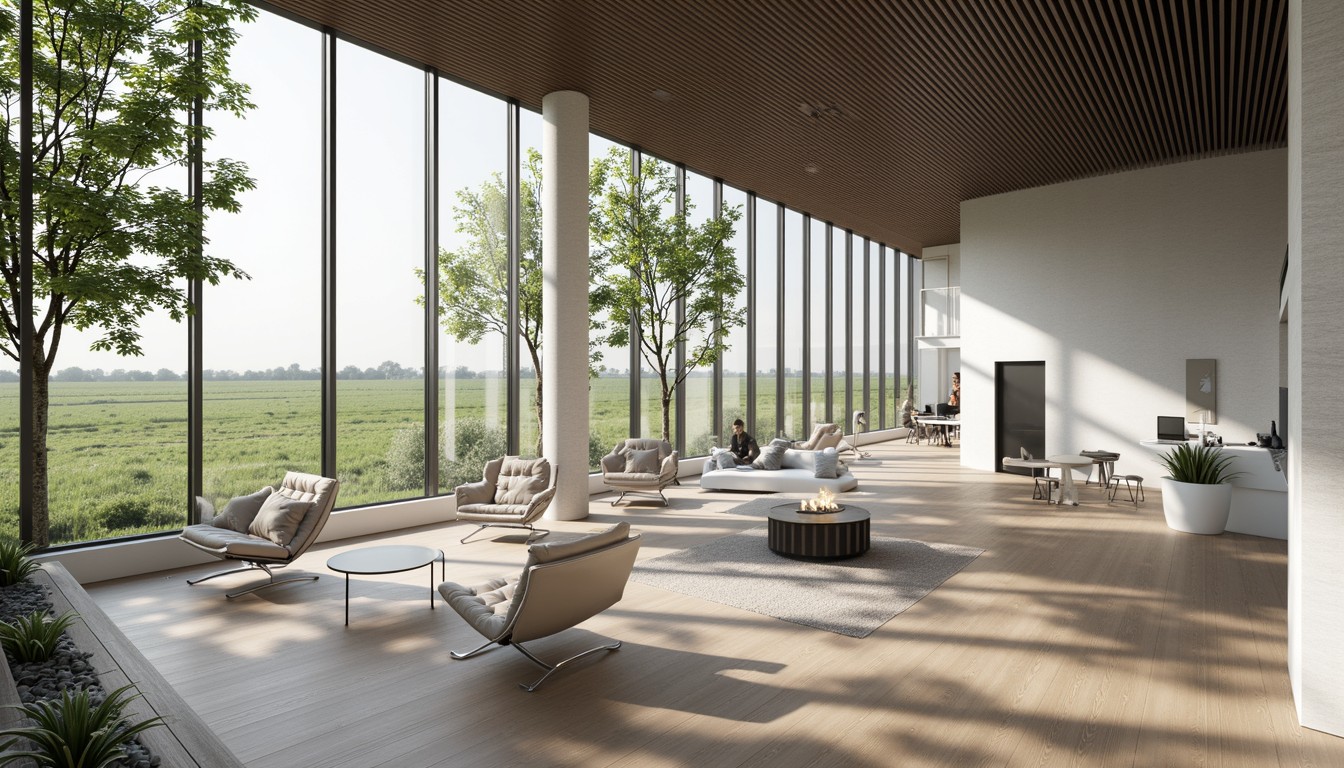Smart Building Technology: Revolutionizing Architecture
The architectural landscape is undergoing a dramatic transformation, driven by the rapid advancements in smart building technology. No longer are buildings simply static structures; they are evolving into dynamic, interconnected ecosystems responding to the needs of their occupants and the environment. This integration of technology is not just a trend; it's a fundamental shift in how we design, construct, and experience buildings.
The Core Components of Smart Buildings

Smart building technology encompasses a wide range of interconnected systems working in harmony. Key components include:
- Building Management Systems (BMS): The central nervous system, monitoring and controlling various building functions like HVAC, lighting, security, and energy consumption. Modern BMS leverage AI and machine learning for predictive maintenance and optimized energy management.
- Internet of Things (IoT) Devices: Sensors, actuators, and smart appliances collect data and automate tasks, from adjusting room temperature based on occupancy to optimizing irrigation systems in green spaces.
- Data Analytics and AI: Massive datasets generated by IoT devices are analyzed to identify patterns, predict failures, and optimize building performance. AI algorithms drive automation and improve decision-making.
- Cloud Computing: Enables remote monitoring, data storage, and seamless integration of various systems, allowing for centralized control and management.
- Security Systems: Integrated security systems, including access control, surveillance, and intrusion detection, enhance safety and protect building assets.
Real-World Applications and Benefits

The impact of smart building technology extends across various aspects of architecture and construction:
1. Enhanced Energy Efficiency and Sustainability:
Smart buildings significantly reduce energy consumption through optimized HVAC control, intelligent lighting systems, and real-time energy monitoring. This leads to lower operating costs, reduced carbon footprint, and improved environmental sustainability. Features like solar panel integration and rainwater harvesting further enhance eco-friendliness.
2. Improved Occupant Comfort and Productivity:
Personalized climate control, natural light optimization, and smart lighting systems create a more comfortable and productive environment for occupants. Smart building systems can adapt to individual preferences, enhancing well-being and overall satisfaction.
3. Increased Operational Efficiency:
Predictive maintenance alerts prevent costly breakdowns and downtime. Automated systems streamline building operations, reducing labor costs and improving responsiveness to issues. Real-time data analytics helps identify and address inefficiencies promptly.
4. Enhanced Security and Safety:
Integrated security systems, including access control, surveillance, and fire detection, ensure a safer environment for occupants and protect building assets from theft or damage. Smart systems can respond to emergencies more effectively.
5. Better Space Utilization and Management:
Smart sensors track occupancy patterns, optimizing space utilization and improving workflow. Data-driven insights help architects and building managers make informed decisions about space allocation and resource management.
Architectural Design Considerations for Smart Buildings

Integrating smart technology requires careful planning and consideration during the architectural design phase. Architects must:
- Plan for infrastructure: Adequate cabling, network infrastructure, and power supply are crucial for seamless integration of smart devices.
- Prioritize data security: Robust cybersecurity measures are essential to protect sensitive data from unauthorized access.
- Consider user experience: The design should be intuitive and user-friendly, ensuring seamless interaction with smart systems.
- Embrace flexibility and scalability: The system should be designed to accommodate future upgrades and expansion.
- Collaborate with technology experts: Successful implementation requires collaboration between architects, engineers, and technology specialists.
ArchNav: Your Partner in Smart Building Visualization
At ArchNav, we understand the complexities of designing and visualizing smart buildings. Our cutting-edge architectural visualization services help you effectively communicate the design and functionality of smart building features to clients, investors, and stakeholders. We create immersive 3D renderings, virtual tours, and interactive simulations that bring your smart building vision to life, showcasing the integration of technology and its impact on the built environment. We leverage the latest technology to showcase the efficiency, sustainability, and occupant experience of your smart building design, helping you secure approvals and attract investments. Contact us today to explore how ArchNav can help you visualize the future of architecture.
